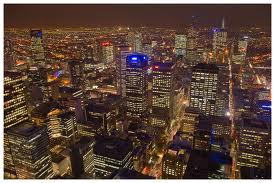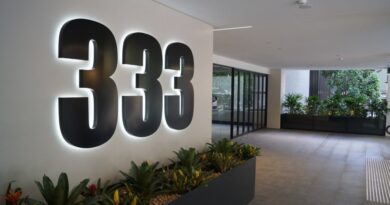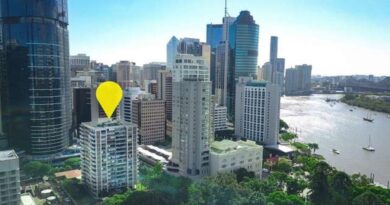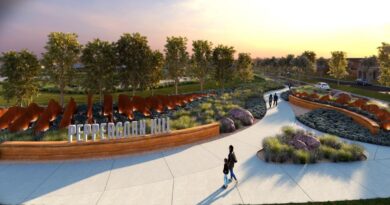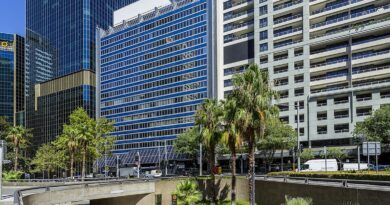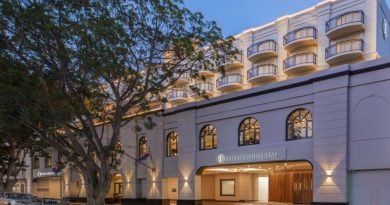Are Melbourne Apartments Still a Safe Investment?
In taking this popular-with-the-community stand, the new government has challenged an army of planning consultants (typically citing global examples like Los Angeles) suggesting suburban Melbourne needs more apartments to remain liveable.
If the new Baillieu government gets its way – apartments will still be built – and in substantial amounts. But the major projects will be limited to specific sites close to the central business district.
Mr Guy has so far identified three long discussed and underutilised examples of where large-scale strategic apartment redevelopment may occur, including Fisherman’s Bend, in Port Melbourne, the 20-hectare E-Gate site, on Footscray Road, West Melbourne, and pockets of land (and air space) around the Richmond train station, near the ever-evolving stadium precinct.
In a move sure to make planning an issue at the next state election, however, Labor warns the Baillieu government that without higher density suburban redevelopment, Melbourne could stretch 100 kilometres east-to-west, creating one of the world’s largest cities, geographically.
Backed by experience, the previous government claims Melburnian’s need high density housing options beyond the growth areas identified by Mr Guy, or the cost of living is going to substantially increase.
Which, after one of the closest state elections in history, brings us back to “now what?”
Should investors base their decision to buy, hold or sell an apartment, based on the government, and what development agenda its ministers are driving?
Should apartment investors be worried about the effects of last July’s 46,000 hectare expansion to the Urban Growth Boundary, which will go some way to reprogramming the “great Australian dream” away from a “suburban view”, and back to a suburban block?
Buyers advocate Karin Mackay of Australian Property Buyers says the apartment culture is well and truly entrenched in Melbourne now, but warns values within the sector are driven by “scarcity” factors.
“The standard of apartment quality, and premium locations offered in many new projects has sustained investor interest over the last couple of years” Ms Mackay said, adding that investors are not as influenced by recent interest rate movements, as first home buyers.
Ms Mackay points to waterfront projects in Port Melbourne, and riverside complexes in Abbotsford and Alphington, that have been met with sales success recently, despite the bleak economic backdrop.
Other spectacularly located sites, approved for redevelopment as part of a push to implement Melbourne 2030, are near the South Yarra train station, the Camberwell Junction, areas around the Maribyrnong River, in Footscray, and precincts previously utilised solely by public housing residents, in Carlton.
But Ms Mackay warns many investors, including many from overseas, will realise they’ve had their fingers burned, paying too much for flats in outer suburban areas, that may prove difficult to rent, or onsell, in a downturn.
“Buyers, and renters in outer areas like Mitcham, Ringwood, and Dandenong, will find they can acquire a house, on land, for similar money to the price some investors have paid developers for apartments”.
Since the economic downturn took hold in 2008, Melbourne’s apartment market has been driven predominantly by record low interest rates and population growth and generous government grants – none of which exist anymore.
The effects of the Baillieu government’s promised 50 per cent stamp duty cuts (for first home buyers, and for properties less than $600,000) is yet to be felt throughout the market, according to Ms Mackay.
Real estate agent Christine Nicholson, of inner-city bayside agency Chisholm Gamon Port Melbourne, said high and low density apartments attract different types of buyers and renters.
Low density apartment complexes are dotted around high rises, in the area Ms Nicholson services between South Melbourne and Elwood.
She said the high density apartment projects that often include luxuries like pools, tennis courts, saunas and gymnasiums, are popular with empty nesters, and high income earning professionals – many who even maintain pets and start families in apartments.
These blocks also typically have a higher incidence of owner-occupiers, another factor known to preserve apartment values.
“Body corporate rates in most of the big complexes are from $4000 a year,” Ms Nicholson said. “By virtue of that, it’s the empty nesters that can mostly afford them.”
She said at those prices, first home buyers in the area typically target 1970s-type blocks, where body corporate fees can be under $1000 per annum.
According to the Real Estate Institute of Victoria, the median price for units or apartments in Melbourne rose 2.6 per cent to $480,000 in the (latest) December quarter, up from $468,000 in the September quarter.

